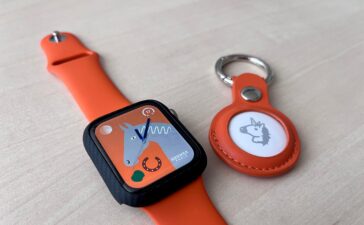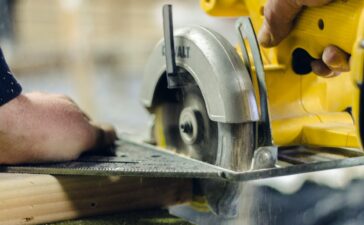Regarding job safety, correct shoes can make all the difference. Now enter composite toe safety shoes, a contemporary solution transforming the game for workers in many different sectors. These creative sneakers guarantee your safety without compromising your own style by combining comfort and protection with design. The days of weighted down heavy steel-toe boots are long gone. Composite toe alternatives are not only a trend; for individuals who deal with daily on-the-job hazards, they are becoming a need with materials and design improvements. Let’s investigate their main advantages and discuss what distinguishes these shoes from more conventional ones!

Comforts of Composite Toe Safety Shoes
Many people choose composite toe safety shoes because of its several benefits. Their light weight design is among the most important advantages. Composite choices enable more movement and comfort than conventional steel-toe boots, which also help to alleviate tiredness over long shifts. These shoes are also non-metallic, hence they won’t set off metal detectors. In places like airports or secure buildings where speedy passing through security checks is required, this function is especially helpful.
Thermal insulation offers still another important advantage. Better insulation against severe temperatures, composite materials help to keep your feet warm in chilly climates and cool during hot days. Moreover, composite toe safety shoes sometimes have moisture-wicking qualities that enable your feet to stay dry all day. When one thinks about foot hygiene and general comfort on the labor site, this can change everything.
Comparative Analysis of Traditional Steel Toe Boots
Regarding occupational safety, steel toe boots have always been the preferred choice. They give strength and defense against heavy items. They have several disadvantages, though. Comparatively to their steel counterparts, composite toe shoes are lighter. Long work hours might cause tiredness; this difference helps to lessen that. Employees like being nimble on their feet even if they still get enough protection. Another major benefit is control of temperature. While composite materials usually remain more neutral in harsh temperatures, steel toes might become painfully hot or cold depending on the surroundings.
Composite toes can protect electrical hazards without adding weight or bulkiness to the shoe construction. Those who operate in settings where power presents a hazard will find significant appeal in this feature. Choosing between these two kinds of shoes usually comes down more on personal taste and particular task requirements than on pure protective ability.

Considerations For Selecting Composite Toe Safety Shoes
Choosing composite toe safety shoes requires consideration of numerous elements. Above all, be sure the shoe satisfies the needed safety criteria for your particular workplace. Search for certifications showing industry compliance with ASTM or ISO. Another vital consideration is comfort. Given that you probably spend long hours wearing these shoes, they should fit well and offer enough cushioning. If you need arch support, think about designs that provide it; this will greatly affect your everyday comfort. Weight also counts; one advantage of composite toes over steel substitutes is their moderate weight. This function lowers tiredness over time and lets more agility be used during jobs.
Additionally check the slip resistance of the shoe. In possibly dangerous working environments, a firm grip on many surfaces might help to prevent mishaps. Think also about breathability—materials meant to wick away moisture keep your feet fresh and comfy all day. Note your style preferences since many companies now provide fashionable designs without sacrificing utility or protection. By carefully weighing these factors, you will be able to choose a pair of composite toe safety shoes that efficiently satisfy your requirements and those of your workplace.





